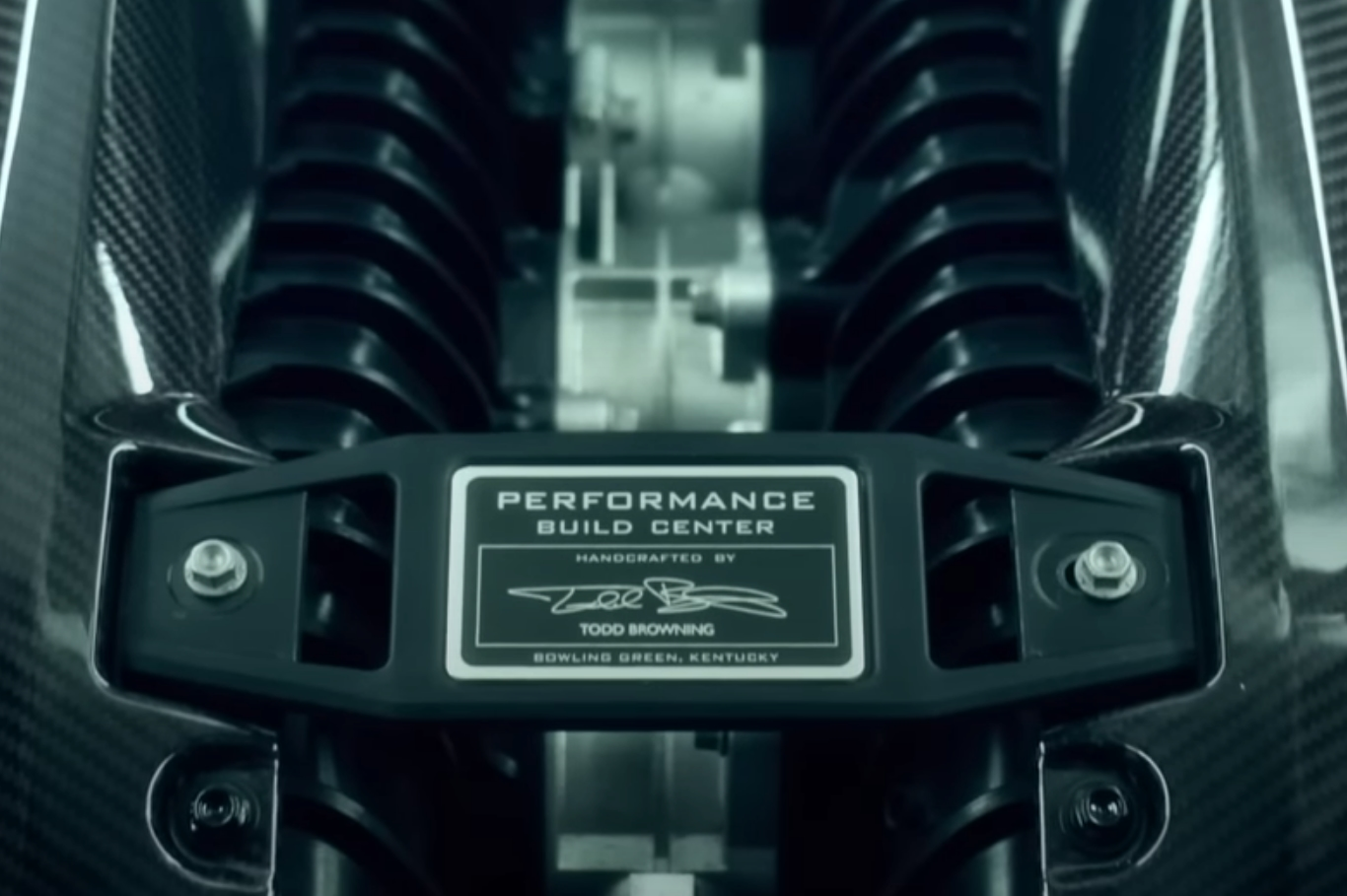
Getting the most out of a highly-stressed engine like the 670-horsepower LT6 V8 in the Chevrolet Corvette Z06 isn't as simple as getting in and driving the wheel nuts off of it; it needs to be broken in first. In a new video from Chevrolet, the Corvette Z06's engineers explain the how and why of breaking in the Z06's motor before you access its full potential.
The Z06 is one of the most anticipated cars of 2023, thanks to a host of upgrades that will make the car an absolute beast on the track. The most important by far is the addition of the 5.5-liter naturally aspirated flat-plane crank LT6 V8. It's the most powerful naturally aspirated V8 ever made, pushing out a massive 670 horsepower and 460 lb-ft of torque.
As one would expect with a behemoth like this, the engine will need some extra care when breaking it in, and Chevrolet wants to get this information out there so no uninformed and naive owner makes a very costly mistake.
The video is part of the Chevy MyWay Corvette Expert Sessions, a series where the great minds behind the vehicle explain different aspects of the car.
The main thing to know about the engine break-in for the new Z06 is they recommend the vehicle not be pushed too hard for the first 500 miles for street driving and 1,500 miles before track use. The car should be driven at varying RPMs and speeds and not pushed to redline regularly unless necessary.
To make this easier for the driver, the digital tachometer will look different before hitting the 500-mile threshold. The regular Corvette also has this feature, and it's a great way of making it evident to drivers the correct way to ease into their car. The video below is just of a normal Stingray, but the owner filmed the tachometer change when he hit 500 miles, and you can see the switch. It's nothing too special but definitely a welcome addition.
Getting back to the Z06 experts, they also go into detail about exactly why the break-in process is necessary. They first explain that, due to being such a high-performance engine, there are a lot of intricate and vital parts that need to be working perfectly for things to function. The one they bring up is the bearings, which have a twenty-micron thick barrier on the top that will adapt to the engine over the course of the break-in period and need to do so correctly.
The experts also say that engine power is reduced for the first 500 miles in the first two gears to help the transmission get broken in and that following the tachometer will ensure everything's done correctly.
We know if we were dropping over $150,000 on a new track monster we'd want to break it in correctly, so be smart, and definitely do not "drive it like you stole it."

